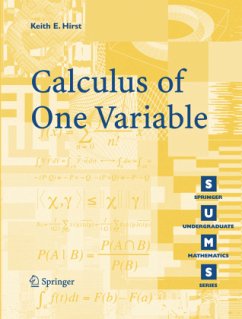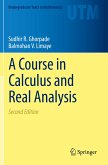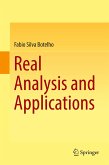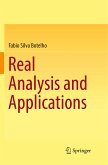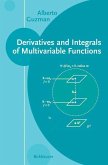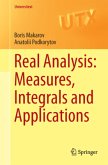Adopts a user-friendly approach, with an emphasis on worked examples and exercises, rather than abstract theory
The computer algebra and graphical package MAPLE is used to illustrate many of the ideas and provides an additional aid to teaching and learning
Supplementary material, including detailed solutions to exercises and MAPLE worksheets, is available via the web
The development of the di?erential calculus was one of the major achievements of seventeenth century European mathematics, originating in the work of N- ton, Leibniz and others. Integral calculus can be traced back to the work of Archimedes in the third century B. C. Since its inception, calculus has dev- oped in two main directions. One is the growth of applications and associated techniques,indiverse?eldssuchasphysics,engineering,economics,probability and biology. The other direction is that of analytical foundations, where the intuitive and largely geometrical approach is replaced by an emphasis on logic and the development of an axiomatic basis for the real number system whose properties underpin many of the results of calculus. This approach occupied many mathematicians through the eighteenth and nineteenth centuries, c- minating in the work of Dedekind and Cantor, leading into twentieth century developments in Analysis and Topology. We can learn much about calculus by studying its history, and a good starting point is the St Andrews' History of Mathematics website www-history. mcs. st-and. ac. uk/history/ Thisbookisdesignedforbeginninguniversitystudents,boththosestudying mathematics as a major subject, and those whose main specialism requires the use and understanding of calculus. In the latter case we would expect that lecturers would customise the treatment with applications from the relevant subject area. Thepre-universityschoolmathematicscurriculaofmostEuropeancountries all include some calculus, and this book is intended to provide, among other things, a transition between school and university calculus. In some countries suchastheU. K.
Hinweis: Dieser Artikel kann nur an eine deutsche Lieferadresse ausgeliefert werden.
The computer algebra and graphical package MAPLE is used to illustrate many of the ideas and provides an additional aid to teaching and learning
Supplementary material, including detailed solutions to exercises and MAPLE worksheets, is available via the web
The development of the di?erential calculus was one of the major achievements of seventeenth century European mathematics, originating in the work of N- ton, Leibniz and others. Integral calculus can be traced back to the work of Archimedes in the third century B. C. Since its inception, calculus has dev- oped in two main directions. One is the growth of applications and associated techniques,indiverse?eldssuchasphysics,engineering,economics,probability and biology. The other direction is that of analytical foundations, where the intuitive and largely geometrical approach is replaced by an emphasis on logic and the development of an axiomatic basis for the real number system whose properties underpin many of the results of calculus. This approach occupied many mathematicians through the eighteenth and nineteenth centuries, c- minating in the work of Dedekind and Cantor, leading into twentieth century developments in Analysis and Topology. We can learn much about calculus by studying its history, and a good starting point is the St Andrews' History of Mathematics website www-history. mcs. st-and. ac. uk/history/ Thisbookisdesignedforbeginninguniversitystudents,boththosestudying mathematics as a major subject, and those whose main specialism requires the use and understanding of calculus. In the latter case we would expect that lecturers would customise the treatment with applications from the relevant subject area. Thepre-universityschoolmathematicscurriculaofmostEuropeancountries all include some calculus, and this book is intended to provide, among other things, a transition between school and university calculus. In some countries suchastheU. K.
Hinweis: Dieser Artikel kann nur an eine deutsche Lieferadresse ausgeliefert werden.
From the reviews:
"The book is aimed at beginning university students as a introductory calculus textbook ... . Undoubtedly it is a clearly written exposition of the most typical topics of calculus ... full of good examples, with plenty of exercises and answers to them. ... Summing up, the reviewed book is a decent item, which might be recommended not as a main textbook for an introductory calculus course, but as a additional source mainly for practising typical procedures of differentiation and integration." (Piotr Zarzycki, The Mathematical Gazette, Vol. 92 (525), 2008)
"The book is aimed at beginning university students as a introductory calculus textbook ... . Undoubtedly it is a clearly written exposition of the most typical topics of calculus ... full of good examples, with plenty of exercises and answers to them. ... Summing up, the reviewed book is a decent item, which might be recommended not as a main textbook for an introductory calculus course, but as a additional source mainly for practising typical procedures of differentiation and integration." (Piotr Zarzycki, The Mathematical Gazette, Vol. 92 (525), 2008)
